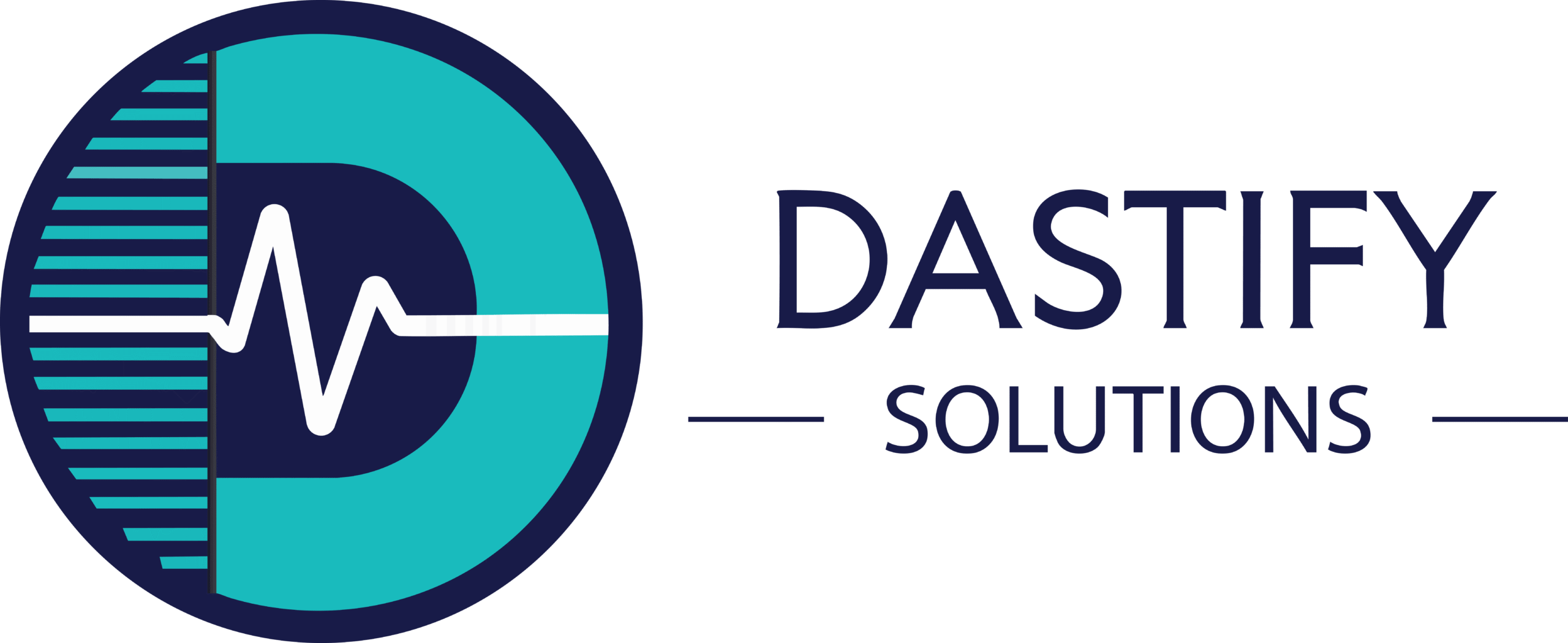Wound care medical billing is a specialized part of healthcare billing and it deals with the correct documentation and coding of wound care treatments and insurance billing claims. Wound checkups, damaged tissues debridement, wound advanced care, and the follow up visits are some of the procedures covered in this process.
The wound care industry is growing fast. In 2025, the global market is valued at about $25.84 billion and is expected to reach $38.39 billion by 2034. This growth is mainly due to more elderly patients, rising cases of chronic conditions like diabetes, and new treatment technologies.
In the USA, healthcare insurers handle over 5 billion claims every year. Because of this, accurate wound care billing is very important for providers to keep steady revenue and follow the rules of Medicare, Medicaid, and private insurance. Since wound care billing is complex and mistakes can cause financial losses, many healthcare facilities now rely on specialized billing companies. These companies help improve revenue and reduce claim denials.
In this guide, we’ll look at the top wound care billing companies in the USA, review their services and expertise, and help you choose the right one for your wound care practice.
1. Nexus IO

In 2025, Nexus io was established in Phoenix with a clear mission to provide specialized wound care billing solutions that eliminate costly errors and reimbursement delays draining providers’ cash flow. Nexus io team of 200+ certified experts brings deep wound care billing expertise to customized the unique needs of wound care providers.
They’re hitting a 98% collection rate and cutting accounts receivable by 30% because they understand the coding challenges in advanced wound treatments like grafting and negative pressure therapy. Unlike medical billing companies, Nexus io focuses exclusively on wound care, which means no more denied claims sitting around for months. From prior authorizations and EHR integration to compliance and payer-specific rules, Nexus io takes care of the administrative complexities that directly impact cash flow and collections.
2. AltuMED

AltuMED has been around since 1986, so they’ve pretty much seen it all when it comes to medical billing chaos. This Michigan-based company built their reputation the hard way by actually solving the headaches that keep wound care providers up at night.
With over 500 people on their team and solid Google reviews, they’re not some fly-by-night operation. They get that wound care billing is its own beast, with all the tricky documentation requirements and picky insurance companies. Their whole setup from coding accuracy to fighting denials to real-time reporting is designed to get you paid faster with less drama. Basically, they handle the paperwork nightmare so you can focus on patients. The AltuMED team specializes in resolving issues such as documentation errors, inaccurate coding, challenges in modifier usage, and difficulties with insurance verification.
3. A2Z Medical Billing Company

A2Z Medical Billing Company, established in 2014 in Brooklyn, New York, helps wound care practices simplify billing and improve revenue. With a team of over 50 experts and $5 million in revenue (Zoominfo), they specialize in accurate coding, pre-certifications, denial management, and CMS audit compliance.
This company uses advanced EHR software and custom reports to make wound care billing easier and clearer. A2Z also follows the rules of Medicare, Medicaid, and private insurance, so providers don’t have to worry about billing and can spend more time focusing on their patients.
4. BSA Health System

Founded in Amarillo, Texas, in 1996, BSA Health System is a diversified hospital network. The organization generates $135.7 million in revenue and employs more than 2,800 people. With over 450 physicians and about 3,000 administrative staff, it is one of the largest employers in Amarillo.
BSA Health System is also recognized for its specialized wound care billing services. With more than 25 years of industry experience, their team delivers reliable wound care solutions to patients in Amarillo and the surrounding tri-state region. Through this service, BSA Health System provides effective medical and therapeutic support for individuals with chronic illnesses.
5. Medheave Healthcare Services

Main office in Boston, Massachusetts, Medheave Healthcare Services has been providing world-class wound care billing services since 2000. The company has earned an impressive 4.9-star Google rating with 26 online reviews.
Medheave Healthcare Services operates in all 50 states, making it the preferred choice of medical practices that want to simplify all their billing processes, including ICD-10, CPT, and HCPCS coding, as well as claim submission and management.
Their AI-powered claim scrubbing, dedicated account managers, and HIPAA-compliant systems ensure faster reimbursements, reduced administrative burden, and improved cash flow. From outpatient clinics to home health providers, Medheave helps wound care practices focus on patient care while maximizing timely, accurate revenue.
6. MediBillMD

In Dallas, Texas, MediBillMD commenced operations in 2023 to address the needs of wound care billings. With a staff between 51 and 200 employees, the company has received a score of 4 stars from Google, proving their quality of service.
They reduce the workload related to billing, making a huge impact on the approval of claims and the receipt process. Complex wound cases are managed by certified coders, which minimizes mistakes and improves returns.
With advanced insurance verification and billing assistance, MediBillMD also handles the documentation for any insurance company. They relieve the challenges of documentation issues and patient eligibility verification.
They are the best in the wound care billing business. They are top-rated in the industry for a reason. In fact, the most cost-effective way to do billing turns out to be outsourcing it to MediBillMD. Outsource billing and see administrative benefits.
7. Medical Billers and Coders

Medical Billers and Coders (MBC), founded in 1999 and based in Wilmington, Delaware, is a trusted partner for wound care billing, serving physicians across 100+ specialties. With a team of 51–200 skilled professionals, MBC combines precision coding with seamless claims management to optimize revenue.
The company boasts a 95% first-pass claim resolution rate, a 90% net collection rate, and an average 21-day payment turnaround, resolving denials within 30 days. Rated 4.6 on Google with 5 reviews and generating $15.2 million in revenue, MBC ensures compliance, efficiency, and value-driven billing solutions for long-term wound care practices.
8. Physicians Revenue Group, Inc

Located in Downers Grove, IL, and founded in 1997, Physicians Revenue Group, Inc, is a medical billing company with a sterling reputation across the USA. PRG employs a diligent staff of 1,001-5,000 to handle medical billing, insurance claims, follow-ups, and wound care billing, ensuring all processes are completed accurately.
The company generates $644.5 million in revenue and holds a strong reputation with a 4.8-star Google rating from 167 reviews. Their HIPAA-compliant services reduce physician stress while providing reliable, high-quality support for all types of wounds.
9. iMagnum Healthcare Solutions Inc

iMagnum Healthcare Solutions Inc, established in 2017 with head office in Katy, Texas, is an exceptional partner for medical centres handling numerous cases that require attention to streamline their billing.
The iMagnum team, with $7.4 million in revenue, collaborates with experts handling 201-500 cases while offering two distinct services for wound care billing.
Wound care billing is managed through complete assisting of the insurance verification for the doctor, claim submission, and also receiving the necessary follow-ups.
Furthermore, the organization’s consultancy assists with the evaluation of the previously established procedures, as well as modern software and the improvement of the general efficiency is also delivered.
10. MedLife

MedLife, founded in 2023 in Detroit, Michigan, helps healthcare practices simplify wound care billing. With a team of 51-200 experts, they handle everything from accurate documentation and precise treatment coding to insurance verification and claim follow-ups.
By ensuring each claim is complete and compliant, MedLife speeds up reimbursements and reduces errors. Their services support over 10,000 providers across 50+ specialties, coding millions of charts and submitting millions of claims annually, helping practices boost revenue by up to 30% while letting providers focus on patient care.
Bottom Line
To keep managing a wound care practice effectively, you need to use reputable wound care medical billing services. These medical billing services cover everything from documentation requirements and complex coding to insurance approvals, rejections, and denial handling.
Each provider of medical billing services brings its own advantages. Some excel in achieving high account collection rates, others offer extensive industry experience, while some provide complete end-to-end solutions. By outsourcing medical billing services, you can eliminate the stress of excessive documentation, claim denials, and constant follow-ups.
As a result, your cash flow improves significantly, and overhead expenses are reduced, helping your practice remain financially strong. Choosing the right wound care medical billing services is one of the smartest steps you can take to maximize efficiency while continuing to deliver quality patient care.






















